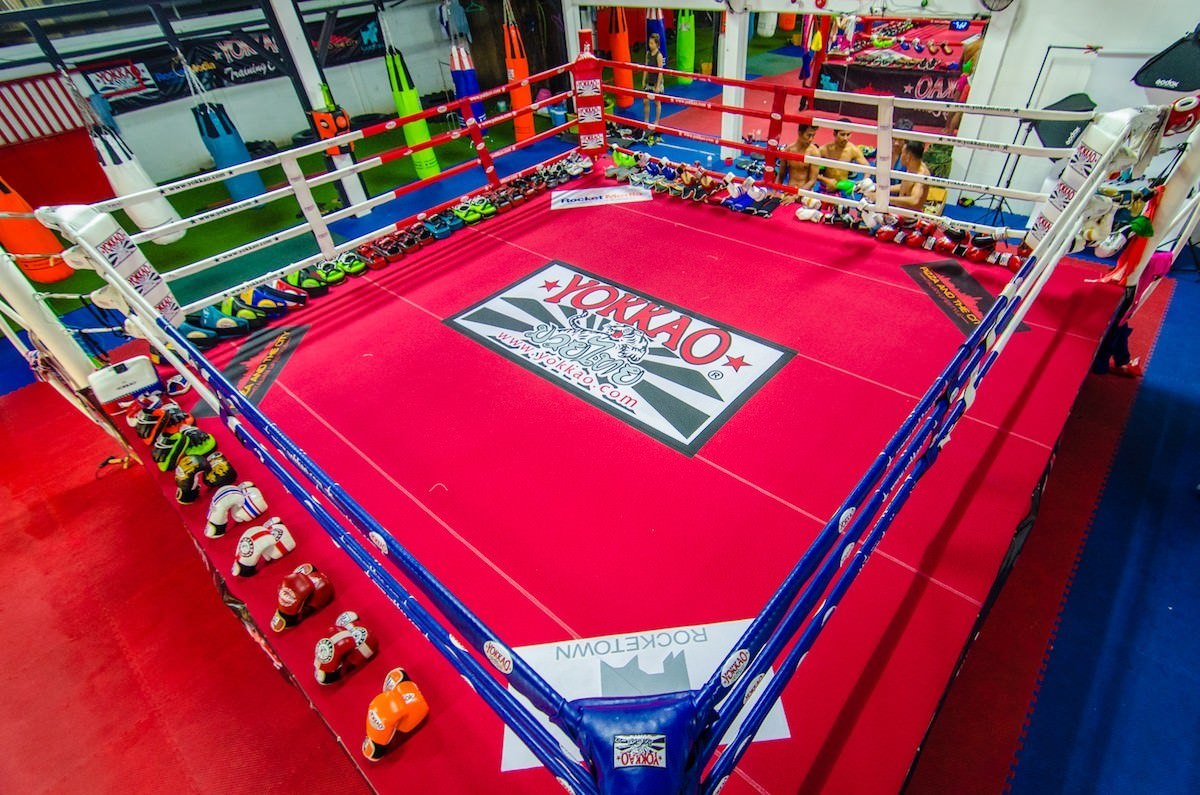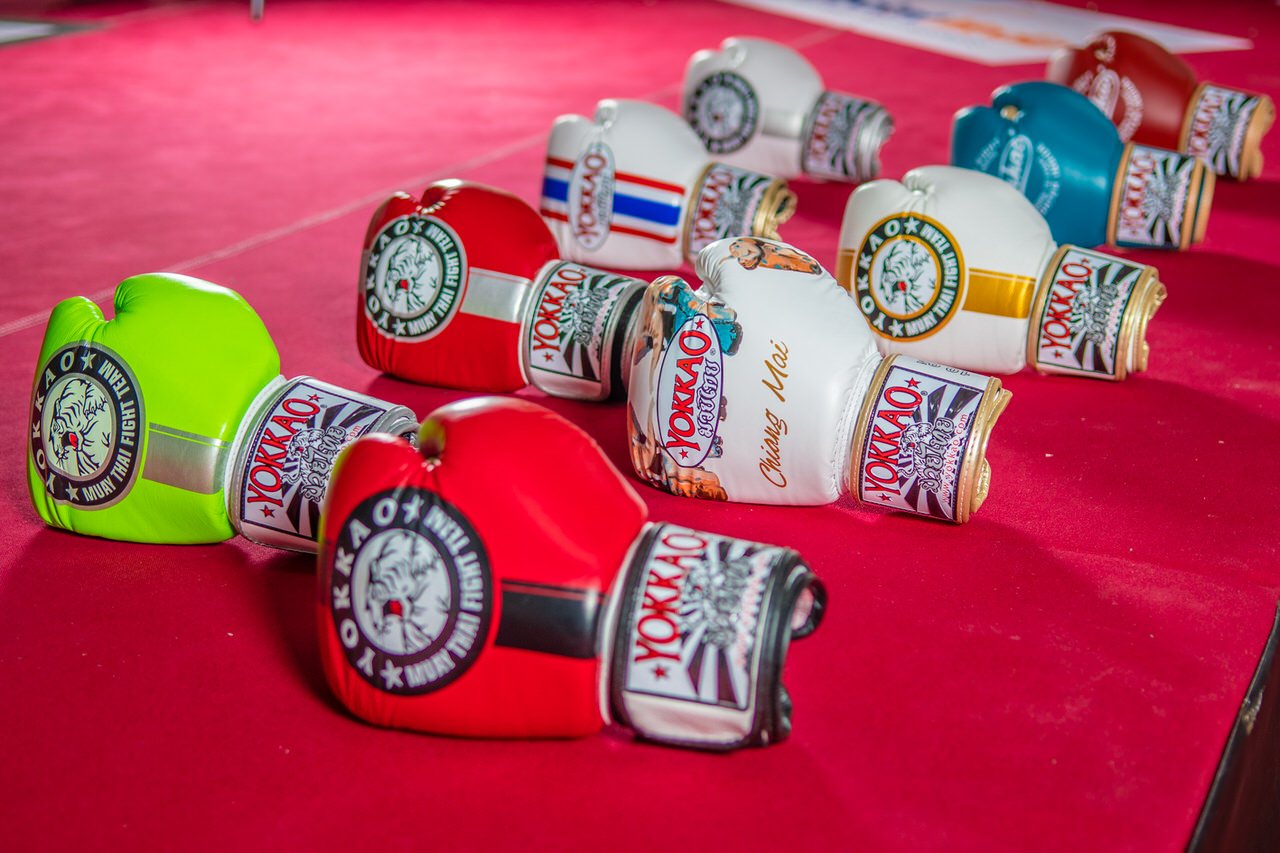Muay Thai Rules
Like all sports, Muay Thai competitions are governed by a strict set of rules and regulations. They are put in place and appropriated by officials and the referee to ensure the safety of the fighters as well as the fairness of the competition without any bias. Traditional western boxing was a major influence in the development of Muay Thai as a sport from an ancient martial arts in the early 20th century. The rules of the sport then evolved over the years to become what it is today.
The detailed list of rules and regulations covers diverse aspects that are usually ignored by the audience and most casual fans overwhelmed by the excitement of the fights. These vital rules can vary slightly depending on the venue or organizer but is distinctive enough to make Muay Thai separated from American, Dutch or Japanese kickboxing. Muay Thai is most differentiated from other combat sports by the use of elbows, knees, push kicks (teeps) and the clinch.
For a better understanding of the sport to enhance appreciation of the sport, here are some of the most important rules in Muay Thai competitions:
Age Limit

The minimum age to qualify for professional bouts in Thailand is 15. However, this does not deter the fighters from training at a much younger age and competing in amateur fights. By the age of 15 when the fighters enter the top stadiums for their first professional debut, they would typically have accumulated plenty of fights and experience.
The Ring

Fights always take place in the squared ring measuring between 4.9 by 4.9 meters (16 ft) to 7.3 by 7.3 meters (24 ft). The ring is constructed with safety considerations with the ropes, 4 corner posts and floor covered with appropriate padding/cushioning material.
Boxer Gloves & Bandages

Glove sizes are prescribed according to the weight divisions. Fighters weighing above 100 lbs up to 126 lbs (Mini Flyweight to Featherweight) will use 6oz gloves; fighters above 126 lbs up to 147 lbs (Super Featherweight to Welterweight) will use 8oz gloves; while fighters above 147 lbs (Super Welterweight and above) must use 10 oz gloves. Competition gloves are always provided by the organizers.

Soft hand bandages are used to wrap the hands for protection and wrist support. Likewise, the bandages are provided by the show organizers and then taped up using plaster or rubber-glue tape for securement with no emphasis on increasing the thickness on the knuckles. After wrapping, the bandages are inspected by officials to ensure that the rules are adhered to.
Weight Divisions
Like traditional boxing, Thai boxers fight in the appropriate weight divisions. In Thailand, the average weight for males is between 122 lbs to 147 lbs so these are the most competitive divisions in Muay Thai. Weigh-ins take place a day before the fight to ensure that the fighters meet the correct weight for which they are competing in. Cutting weight is a common practice in fight sport where the fighter undergo -at times drastic- measures to lose weight in the week leading up to the weigh-in in order to meet the required weight. This is usually performed by running long distance in sweat suits. As the process can affect a fighter’s performance during competition, regular weight monitoring is carried out so that the fighter remains close to the weight division at which he competes in.
Length of Fight
In the internationally most important Muay Thai stadiums, Lumpinee and Rajadamnern, fights are sanctioned for 5 rounds of 3 minutes each, with a break of 2 minutes between rounds. This can differ in amateur fights or other fight promotions with variations such as 2-minute rounds, 3-round fights and 1-minute rest-time between rounds.
Boxer Attire

Shoes and shirts are prohibited for male competitors and only Muay Thai shorts are worn in the ring. The shorts are colored depending on the corner that the fighter belongs to, which is usually red or blue. Pink or maroon are acceptable variations as are different shades of the 2 colors. Most Thai boxers also wear the sacred armbands known as Prajead. Ankle guards are commonly worn but they are not mandatory.
Fouls
Some techniques and behaviours can result in penalties such as warning, loss of points and even disqualification. Headbutts, biting, and poking the eyes are not allowed as is one of the most commonly seen fouls, which is hitting the genital of the opponent. Disrespectful conduct like spitting or swearing will also be met with penalties. While takedowns are allowed and do score well, Judo or wrestling techniques are prohibited. Certainly not the throwing of opponents off the ring or back-breaking seen in pro-wrestling.
The Scoring System

It may be more thrilling for a fight to end by knockout but this does not occur most of the time. Most professional fights are very well-matched and the winner is often decided by judges based on points. The scoring system is where it confuses many people. To the untrained audience, the results may appear biased when the more aggressive fighter loses. However, the aggressor may not necessarily score more points if his strikes do not inflict apparent damage.
Legal techniques in Muay Thai include punches, elbows, knees, kicks, sweeps, and throws. Strikes can be made to any part of the body except the groin. But there is more to scoring than just tabulating the number of times an attack comes in contact with the opponent.
Firstly, the winner in each round is awarded 10 points while his opponent gets 9, 8 or 7 points depending on the results in the round. For example, the clear winner in a round will get 10 points while the loser will get 9 points but if the latter was counted once, he will get 8 points instead. In an evenly-matched round, both boxers get 10 points each. A fighter who is dominant in all 5 rounds can get a maximum of 50 points.
The winner in each round is determined based on several factors. The boxer who inflicts more damage to his opponent with clear shots scores more and wins the round. A shot that shows lack of power (the opponent shows no reaction to the hit) or defended will not be scored. This is how a more experienced and technical fighter can win even though he may appear less aggressive in the fight: by delivering powerful and clean hits that affects his opponent more flinchingly. Under most circumstances, the boxer who delivers more potent attacks coupled with effective execution of Muay Thai defense and counter-attack techniques will be scored higher.
The referee has the power to stop the fight in the event of a disqualification, knock-out, technical knock-out or if one fighter visibly outclasses his opponent. In such cases, a winner is determined before the end of the 5 rounds.
Female Fights

Female fights differ little from their male counterparts. The most obvious would be the necessity of a top, usually a sports bra or sleeveless shirt. Women with long hair will also need to have their hair tied up. The length of fights differ between promotions but many female fights are timed the same as the male fights.
Watching Muay Thai Fights
Knowing these rules will help a spectator to better appreciate the beauty of the sport. Professional Muay Thai fighters dedicate their entire lives in perfecting their game and there is more to the sport than just a brawl between 2 people. It is a game of strategy, power, endurance, and heart. It is truly an art in itself and watching a fight ‘live’ is the most adrenaline-fuelled experience that must not be missed.









